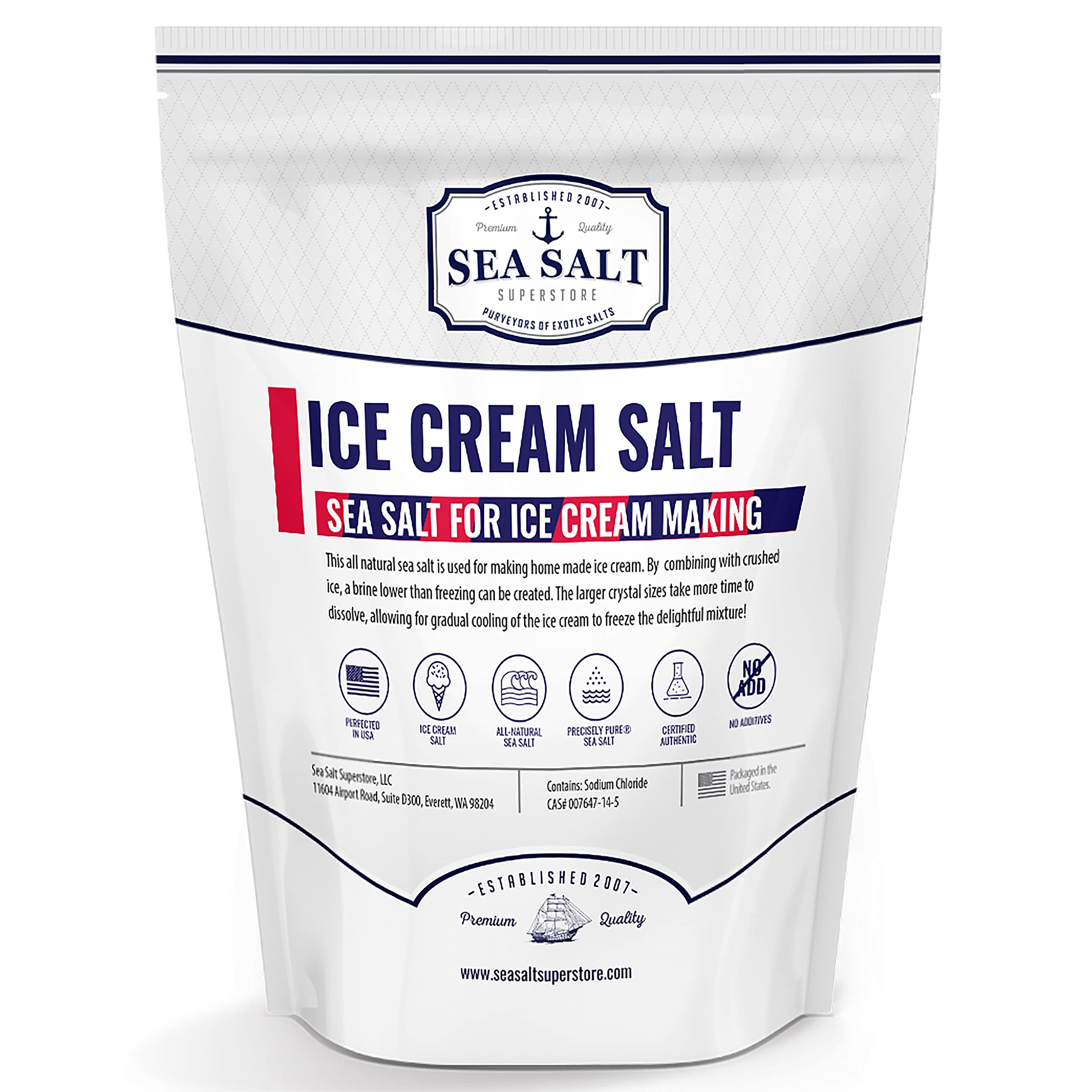

Articles
What Salt To Use For Ice Cream Maker
Modified: December 7, 2023
Discover the perfect salt to use for your ice cream maker with our helpful articles. Learn how different salts can enhance the flavor and texture of your homemade ice cream.
(Many of the links in this article redirect to a specific reviewed product. Your purchase of these products through affiliate links helps to generate commission for Storables.com, at no extra cost. Learn more)
Introduction
When it comes to making homemade ice cream, there are a few key ingredients that are essential for achieving the perfect creamy texture and delicious flavor. While sugar, cream, and flavorings usually steal the spotlight, there is one ingredient that often goes overlooked but plays a crucial role in the ice cream making process – salt.
Salt, in particular, serves a unique purpose in ice cream making by lowering the freezing point of water. This helps create the necessary conditions for the ice cream mixture to freeze and solidify properly. But with so many different types of salt available, you might be wondering which salt is best to use for your ice cream maker.
In this article, we will explore the common types of salt used in ice cream making and discuss the pros and cons of each. By the end, you’ll have a better understanding of which salt to use for your ice cream maker and how it can enhance the overall ice cream-making experience.
Key Takeaways:
- Choose the right salt for your ice cream maker to enhance taste and texture. Rock salt creates a freezing bath, kosher salt dissolves evenly, sea salt adds a unique flavor, and table salt can be used in a pinch.
- Salt lowers freezing point, creates smoother texture, and enhances flavor. Experiment with different salt types to find your preferred taste profile for delightful homemade ice cream.
Read more: How To Use The Kitchenaid Ice Cream Maker
Common Types of Salt
When it comes to choosing salt for your ice cream maker, it’s important to understand the key differences between the various types available. Each type of salt has its own unique characteristics and can impact the texture and flavor of your homemade ice cream.
Here are the most common types of salt used in ice cream making:
- Rock Salt: Rock salt, also known as ice cream salt, is a coarse-grained salt that is commonly used in ice cream makers. Its large particles make it ideal for creating a brine that helps lower the temperature of the ice cream mixture. Rock salt is often mixed with ice to create a freezing bath surrounding the ice cream canister, ensuring proper freezing of the mixture. However, it is important to note that rock salt should not come into direct contact with the ice cream mixture, as it can cause it to become too salty.
- Kosher Salt: Kosher salt is a popular option for ice cream making due to its large, irregular-shaped crystals. These crystals dissolve easily and evenly, allowing for better distribution throughout the ice cream mixture. Kosher salt does not contain any additives, making it a pure and natural option. It is important to note that kosher salt is less dense compared to other salts, so you may need to use a slightly larger volume when substituting for other salt types.
- Sea Salt: Sea salt is created by evaporating seawater and often retains trace minerals, giving it a distinct flavor. While sea salt can be used in ice cream making, it is important to choose a finely ground variety to ensure easy dissolving. The flavor of sea salt can vary depending on its source, so it is advisable to use it sparingly to avoid overpowering the flavor of the ice cream.
- Table Salt: Table salt, which is finely ground and highly refined, is another option for ice cream making. However, it is important to note that table salt often contains additives such as iodine and anti-caking agents. These additives can potentially affect the taste and texture of your homemade ice cream, so you may want to consider other salt options if you prefer a purer flavor.
Now that we’ve covered the common types of salt used in ice cream making, let’s delve into the purpose of salt in the ice cream making process and how it contributes to the final product.
Purpose of Salt in Ice Cream Making
Salt plays a vital role in the ice cream making process, influencing both the freezing temperature and the texture of the ice cream. The primary purpose of salt is to lower the freezing point of water, allowing the ice cream mixture to freeze and solidify properly.
When salt is added to ice, it creates a brine solution through a process called freezing point depression. This brine solution has a lower freezing point than plain water, which creates the ideal conditions for ice cream making. As the ice cream mixture is churned in the ice cream maker, the salted ice creates a freezing bath that rapidly removes heat from the mixture.
The addition of salt helps to prevent the mixture from freezing too slowly or developing large ice crystals. Instead, it promotes the formation of smaller ice crystals, resulting in a smoother and creamier texture. So, while it may seem counterintuitive to add salt to something sweet like ice cream, it actually enhances the overall quality of the final product.
Moreover, salt also affects the taste of the ice cream. It can enhance the perception of sweetness and balance out the flavors by reducing any excessive sweetness. The type of salt used can contribute to the overall flavor profile, with different salts offering distinctive taste notes.
Now that we understand the purpose of salt in ice cream making, let’s explore the specific salts that are commonly used in ice cream makers and how they can be utilized to create delicious homemade ice cream.
Using Rock Salt for Ice Cream Makers
Rock salt, also known as ice cream salt, is a popular choice for ice cream makers. Its coarse texture and large granules make it ideal for creating a freezing bath that helps lower the temperature of the ice cream mixture.
When using rock salt, it is important to understand that direct contact between the salt and the ice cream mixture should be avoided. This is because rock salt can make the ice cream overly salty and affect the flavor. To prevent this, it is recommended to use an ice cream canister or a bag within the ice cream maker that separates the ice cream mixture from the rock salt.
To use rock salt in an ice cream maker, follow these steps:
- Prepare the ice cream mixture according to your recipe.
- Place the mixture in the ice cream canister or a bag specifically designed for ice cream making.
- Surround the canister or bag with ice.
- Sprinkle a layer of rock salt over the ice.
- Repeat the process of layering ice and rock salt until the ice cream maker is filled.
- Start the ice cream maker and let it churn until the mixture reaches the desired consistency.
- Once the ice cream is ready, carefully remove the canister or bag from the ice cream maker and wipe off any excess salt before opening it.
It is important to note that rock salt can be reused multiple times as long as it remains clean. After using it, store it in an airtight container to prevent moisture absorption.
Using rock salt in your ice cream maker creates a freezing environment that allows the ice cream mixture to solidify properly while ensuring a creamy and delicious end product.
Now, let’s explore another popular salt option for ice cream makers – kosher salt.
Use kosher salt for your ice cream maker. Its larger crystals will help lower the freezing point of the ice, allowing the mixture to freeze properly.
Using Kosher Salt for Ice Cream Makers
Kosher salt is a versatile and popular option for ice cream making. Its large, irregular-shaped crystals make it dissolve easily and evenly in the ice cream mixture, ensuring proper distribution of the salt throughout.
Here’s how you can use kosher salt in your ice cream maker:
- Prepare your ice cream mixture as per your recipe.
- Add the mixture to the ice cream canister.
- Sprinkle kosher salt over the ice cream mixture.
- Place the canister in the ice cream maker and secure it according to the manufacturer’s instructions.
- Start the ice cream maker and let it churn until the mixture reaches the desired consistency.
- Once the ice cream is ready, carefully remove the canister from the ice cream maker, ensuring to wipe off any excess salt before opening.
One advantage of using kosher salt is that it does not contain any additives, making it a pure and natural option. The absence of additives ensures that the flavor of the ice cream remains unaltered and allows you to have better control over the taste.
It is worth noting that kosher salt is less dense compared to other salt types, so you might need to use a slightly larger volume when substituting for other salt varieties. It’s always a good idea to refer to your recipe or make adjustments based on personal preference.
Incorporating kosher salt into your ice cream making process can help enhance the flavor and texture of your homemade treat. However, if kosher salt is not readily available, you may consider using another type of salt, such as sea salt.
Now, let’s discover how sea salt can be used in ice cream making.
Read more: How To Use Ninja Ice Cream Maker
Using Sea Salt for Ice Cream Makers
Sea salt is a type of salt that is created through the evaporation of seawater. It often retains trace minerals, giving it a distinct flavor and texture. While sea salt can be used in ice cream making, it is important to choose a finely ground variety to ensure easy dissolving in the ice cream mixture.
Here’s a step-by-step guide on how to use sea salt in your ice cream maker:
- Prepare your ice cream mixture according to your recipe.
- Add the mixture to the ice cream canister.
- Sprinkle a small amount of finely ground sea salt over the ice cream mixture.
- Place the canister in the ice cream maker and secure it properly.
- Start the ice cream maker and let it churn until the mixture reaches the desired consistency.
- Once the ice cream is ready, carefully remove the canister from the ice cream maker, wiping off any excess salt before opening it.
Sea salt can add a subtle and nuanced flavor to your ice cream. The flavor of sea salt can vary depending on its source, so it’s important to use it sparingly to avoid overpowering the other flavors in your ice cream.
Since sea salt often retains trace minerals, it might lend a slightly different flavor profile to your ice cream compared to other salts. This can add a unique twist to your homemade treat and create a more complex taste experience.
Remember, the key to using sea salt effectively in ice cream making is to use a finely ground variety. This ensures that the salt dissolves easily into the mixture, creating a harmonious balance of flavor.
Now that we have explored the usage of sea salt in ice cream making, let’s move on to another commonly used salt option – table salt.
Using Table Salt for Ice Cream Makers
Table salt, also known as refined salt, is a finely ground and highly processed type of salt that is commonly used in cooking and baking. While it is not the preferred choice for ice cream making due to the additives it often contains, it can still be used in a pinch if no other options are available.
Here is how you can use table salt in your ice cream maker:
- Prepare your ice cream mixture according to your recipe.
- Add the mixture to the ice cream canister.
- Sprinkle a small amount of table salt over the ice cream mixture.
- Place the canister in the ice cream maker and secure it properly.
- Start the ice cream maker and let it churn until the mixture reaches the desired consistency.
- Once the ice cream is ready, carefully remove the canister from the ice cream maker, wiping off any excess salt before opening it.
It is important to note that table salt often contains additives such as iodine and anti-caking agents. These additives can potentially affect the taste and texture of your homemade ice cream.
If you choose to use table salt, be mindful of the quantity used. Start with a small amount and gradually increase if needed, as table salt is more concentrated than other types of salt.
However, if possible, it is recommended to opt for other salt varieties like rock salt, kosher salt, or sea salt, as they offer a purer and more natural flavor. Using these salts can enhance the overall taste and texture of your homemade ice cream.
Now that we have explored the usage of different types of salt in ice cream making, let’s summarize our findings.
Conclusion
Choosing the right salt for your ice cream maker can make a significant difference in the final taste and texture of your homemade ice cream. Understanding the common types of salt and their specific characteristics will help you make an informed decision.
Rock salt is commonly used in ice cream making to create a freezing bath, but it should not come into direct contact with the ice cream mixture to avoid an overly salty taste. Kosher salt, on the other hand, dissolves easily and evenly, making it a convenient choice. Sea salt adds a subtle and unique flavor to ice cream, but it should be finely ground to ensure proper distribution. Table salt, although not ideal due to additives, can be used in a pinch.
Remember that salt also affects the freezing temperature of the ice cream mixture and contributes to the overall texture. It helps create smaller ice crystals, resulting in a smoother and creamier consistency.
When using salt in your ice cream maker, always follow the instructions provided in your recipe and by the manufacturer of the ice cream maker. Be cautious not to use excessive amounts of salt, as it can impact the flavor of your ice cream.
Now that you know the different types of salt and how to use them, you can experiment with various salt options to discover your preferred flavor profile. Whether you choose rock salt, kosher salt, sea salt, or table salt, each type will contribute its own unique characteristics to your homemade ice cream.
So, grab your ice cream maker, choose your salt wisely, and get ready to indulge in delightful and creamy homemade ice cream that will impress your family and friends!
Frequently Asked Questions about What Salt To Use For Ice Cream Maker
Was this page helpful?
At Storables.com, we guarantee accurate and reliable information. Our content, validated by Expert Board Contributors, is crafted following stringent Editorial Policies. We're committed to providing you with well-researched, expert-backed insights for all your informational needs.


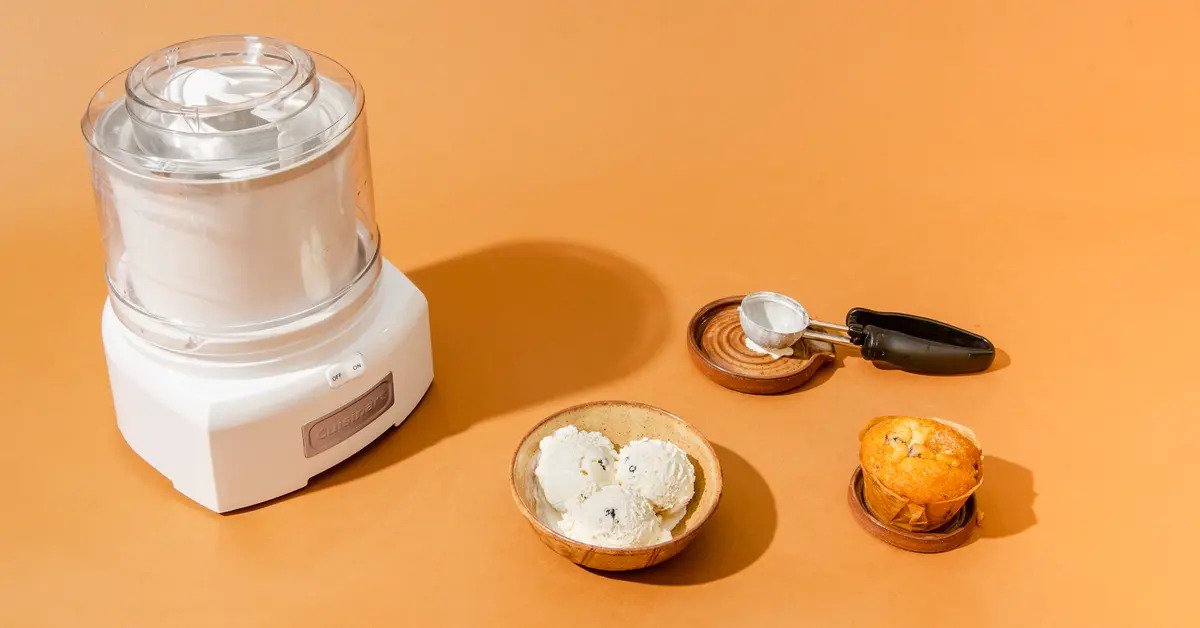

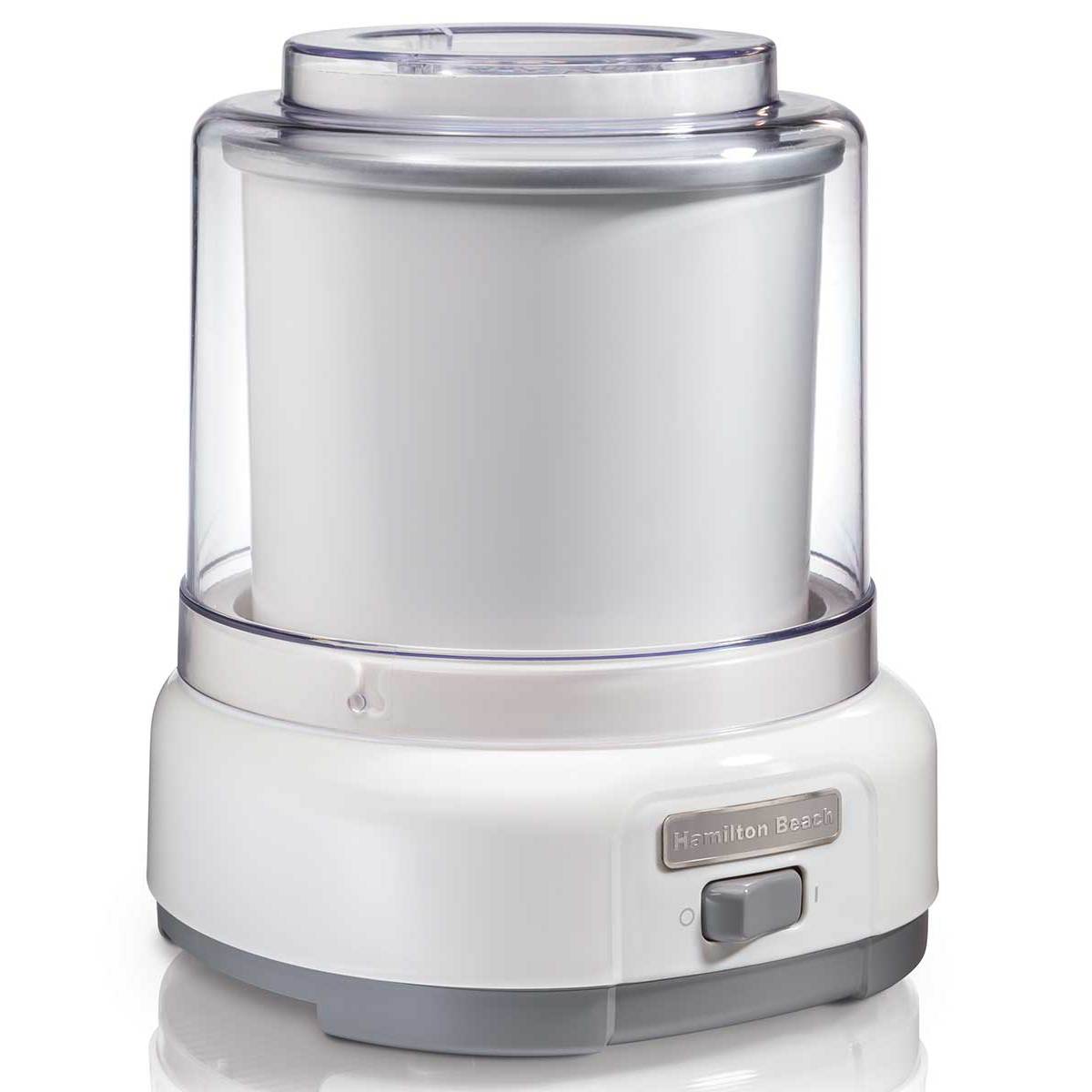
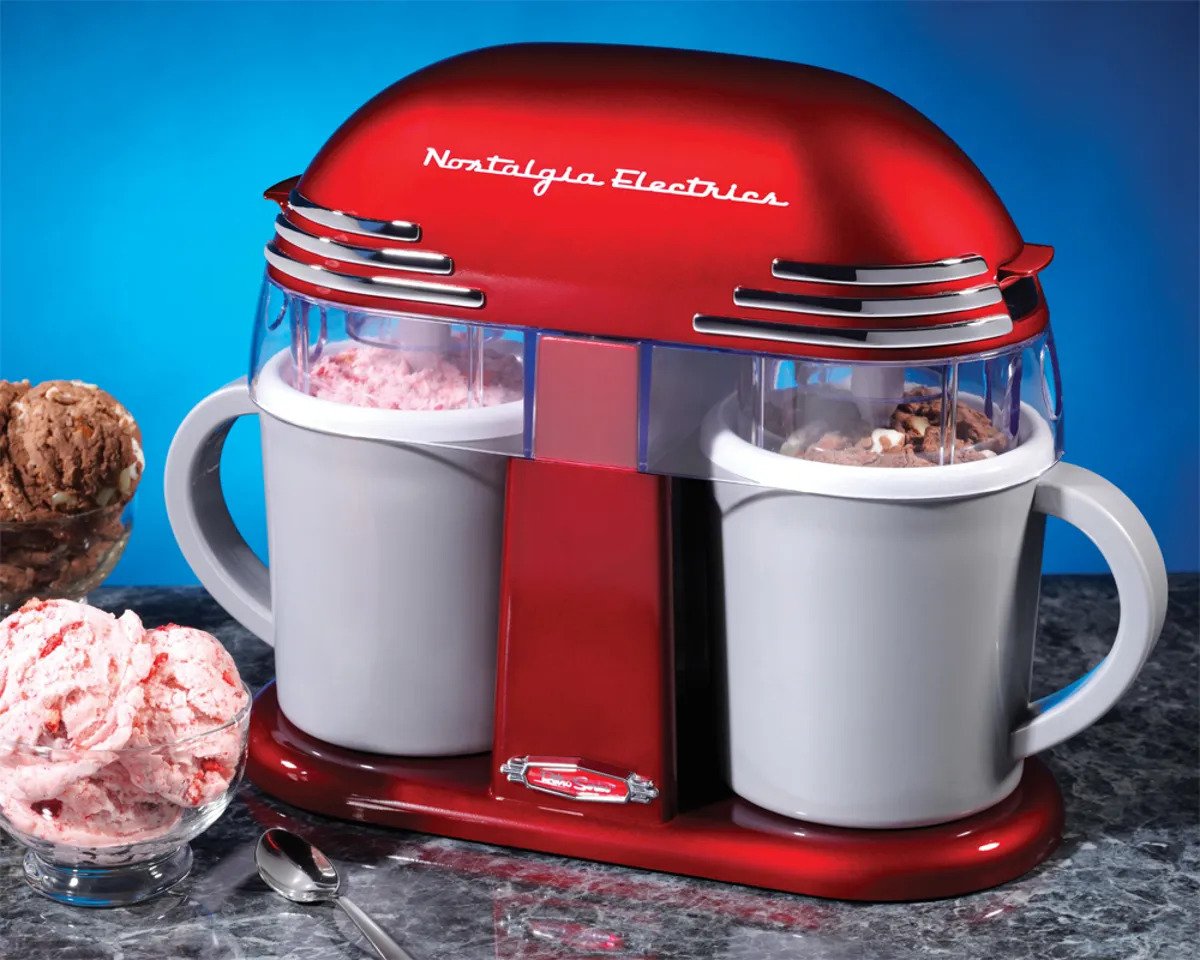
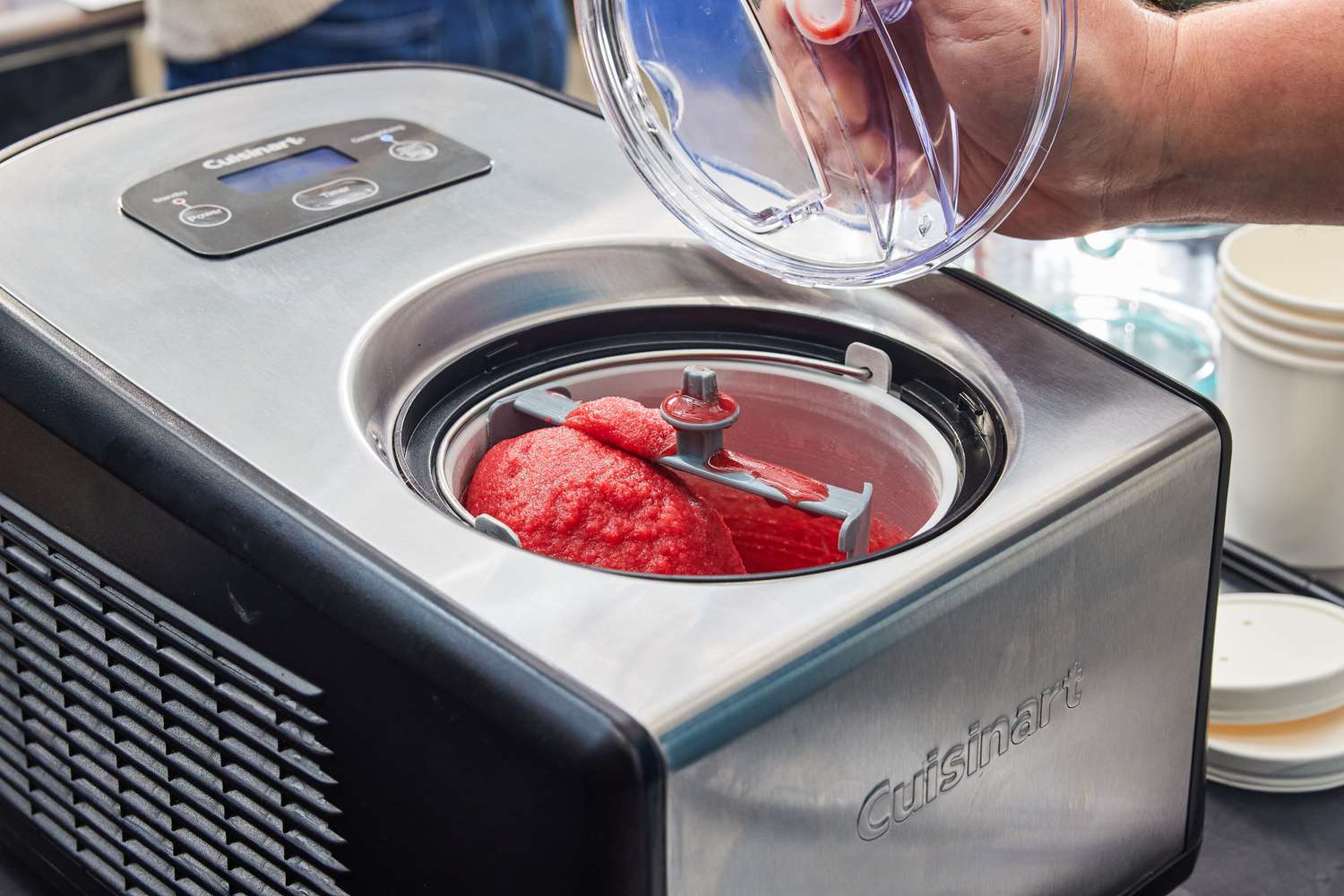
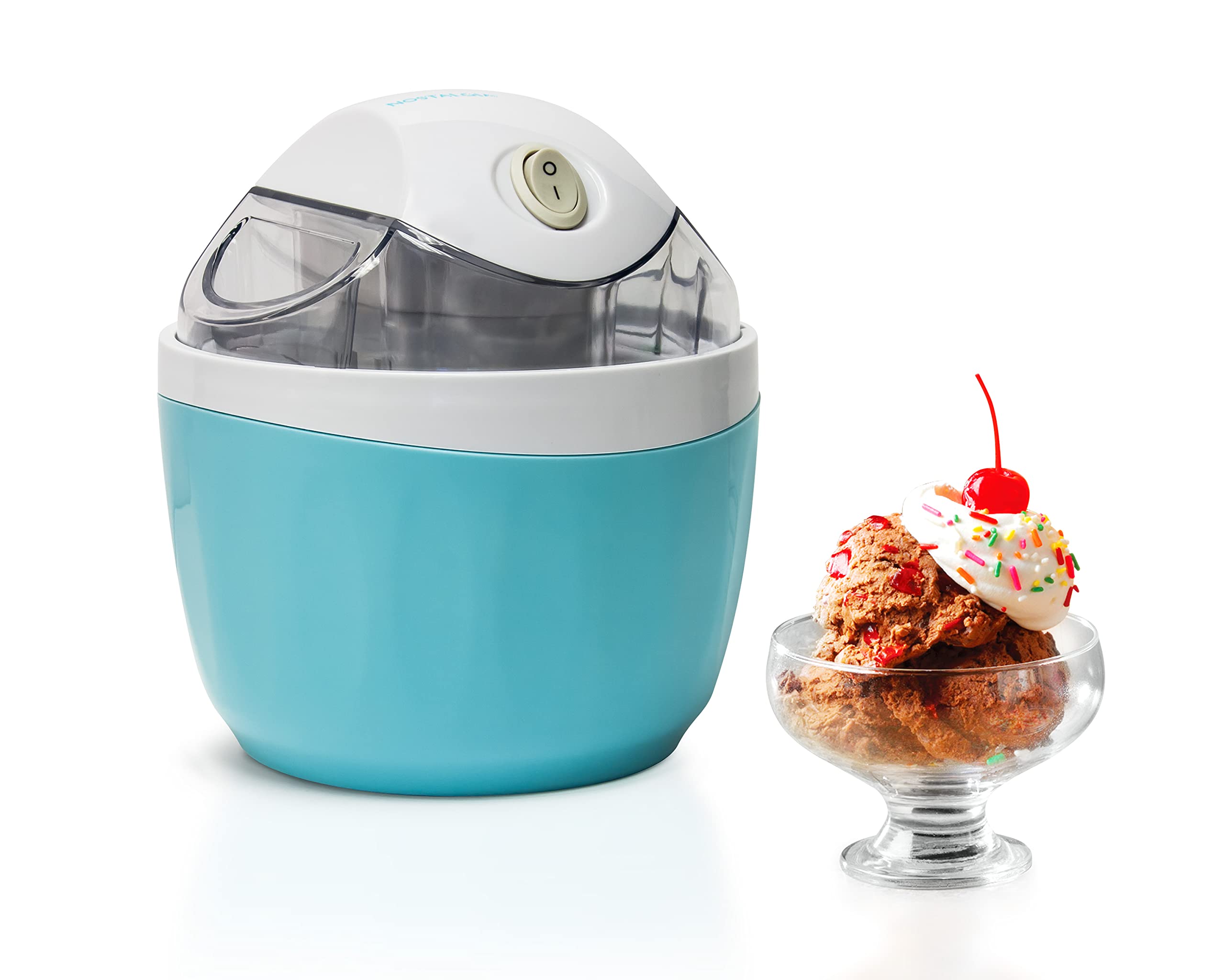



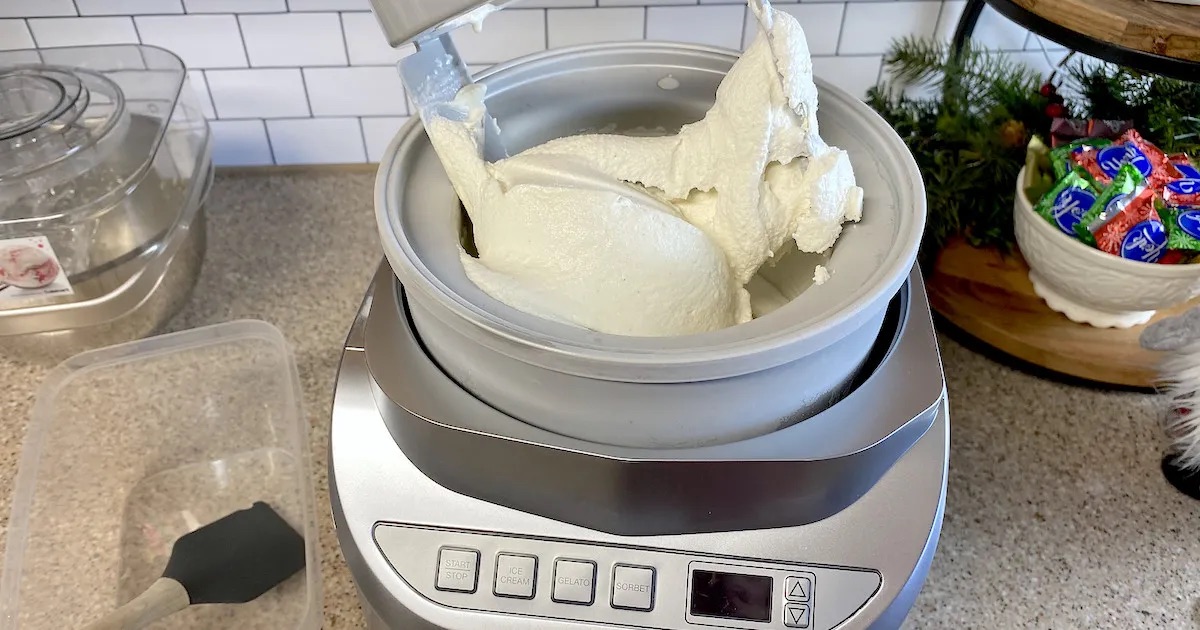
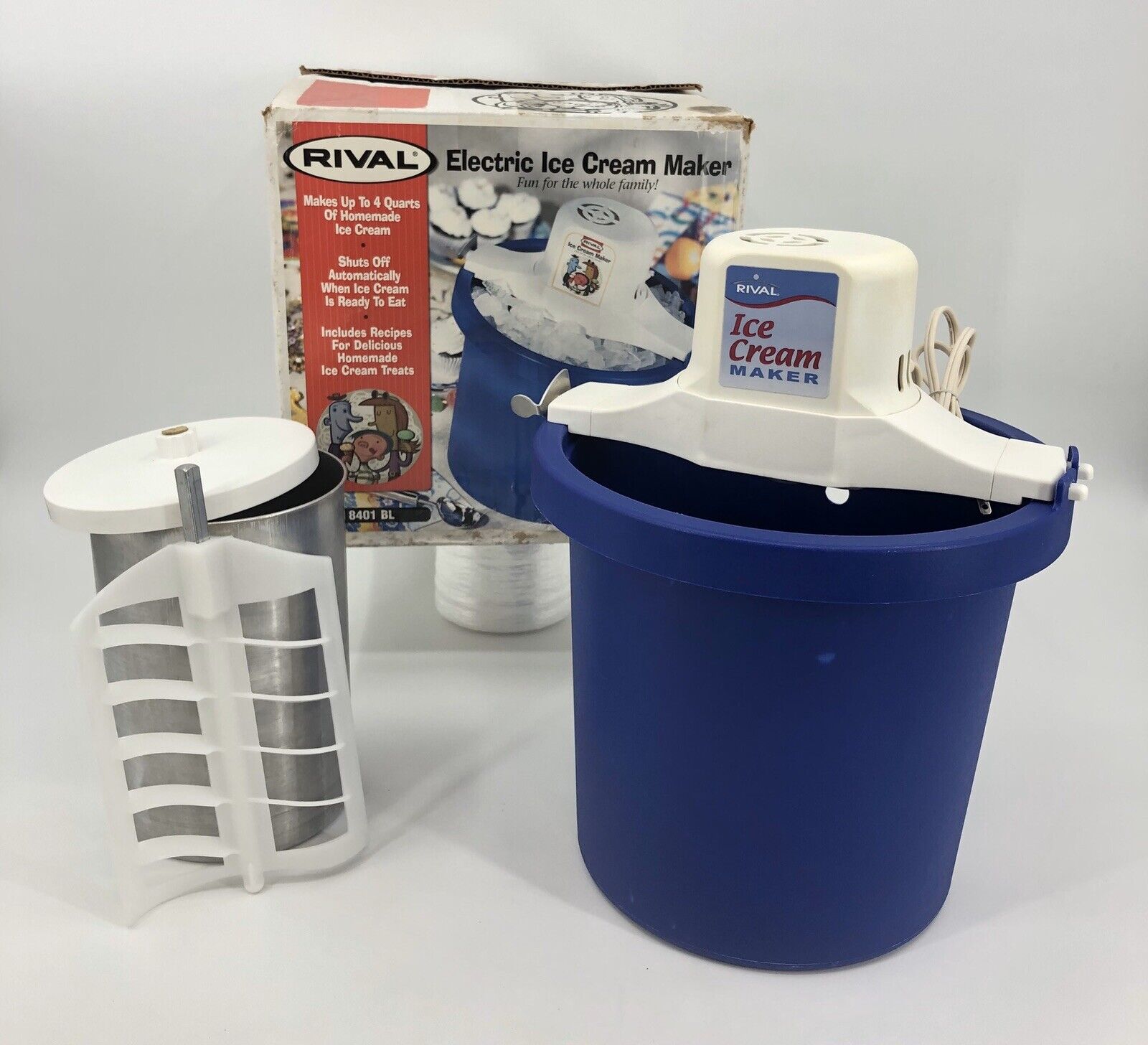


0 thoughts on “What Salt To Use For Ice Cream Maker”